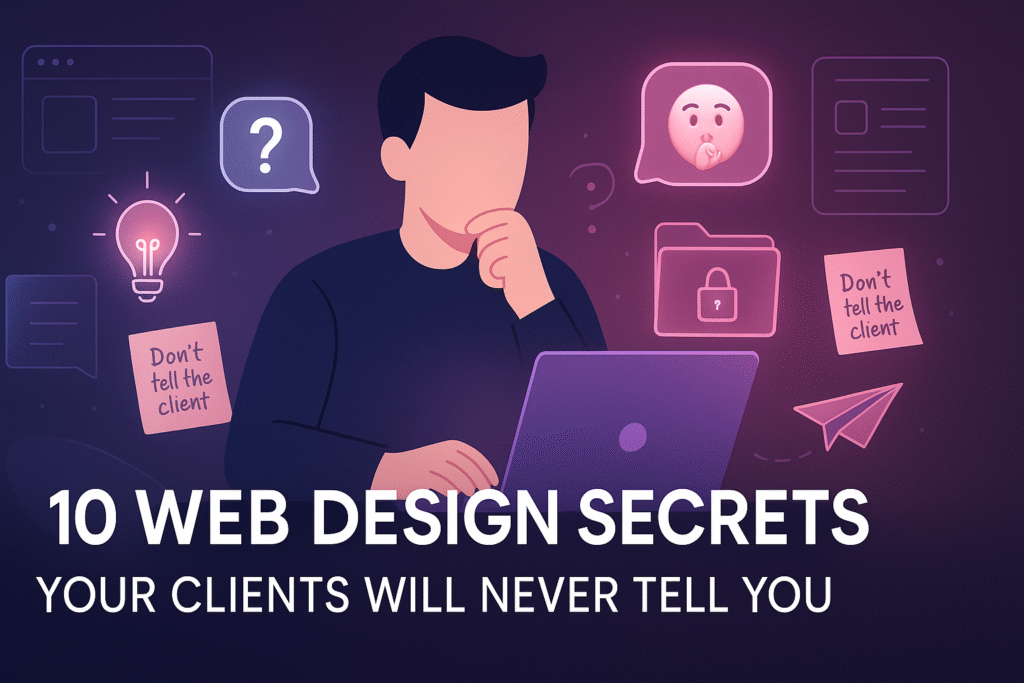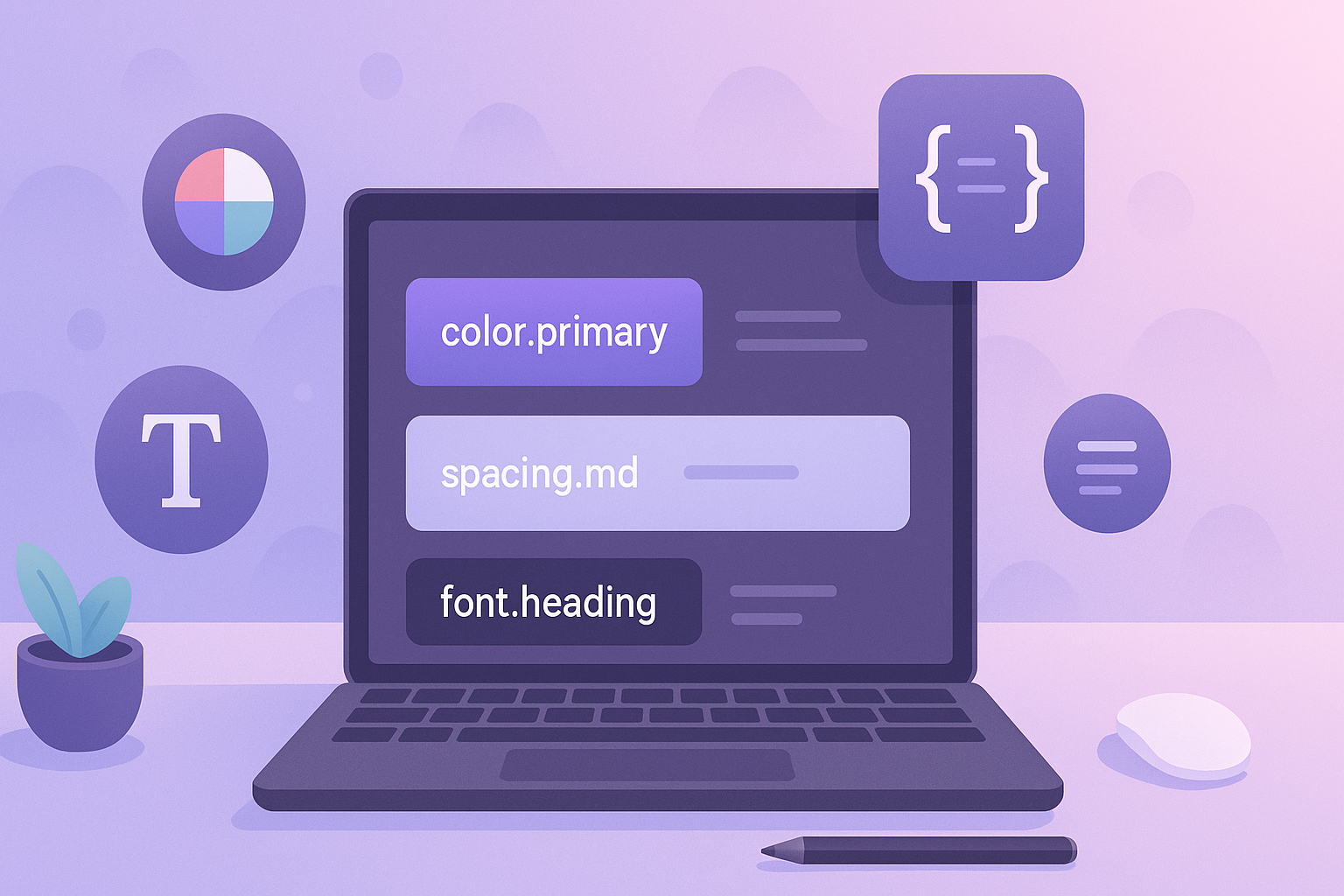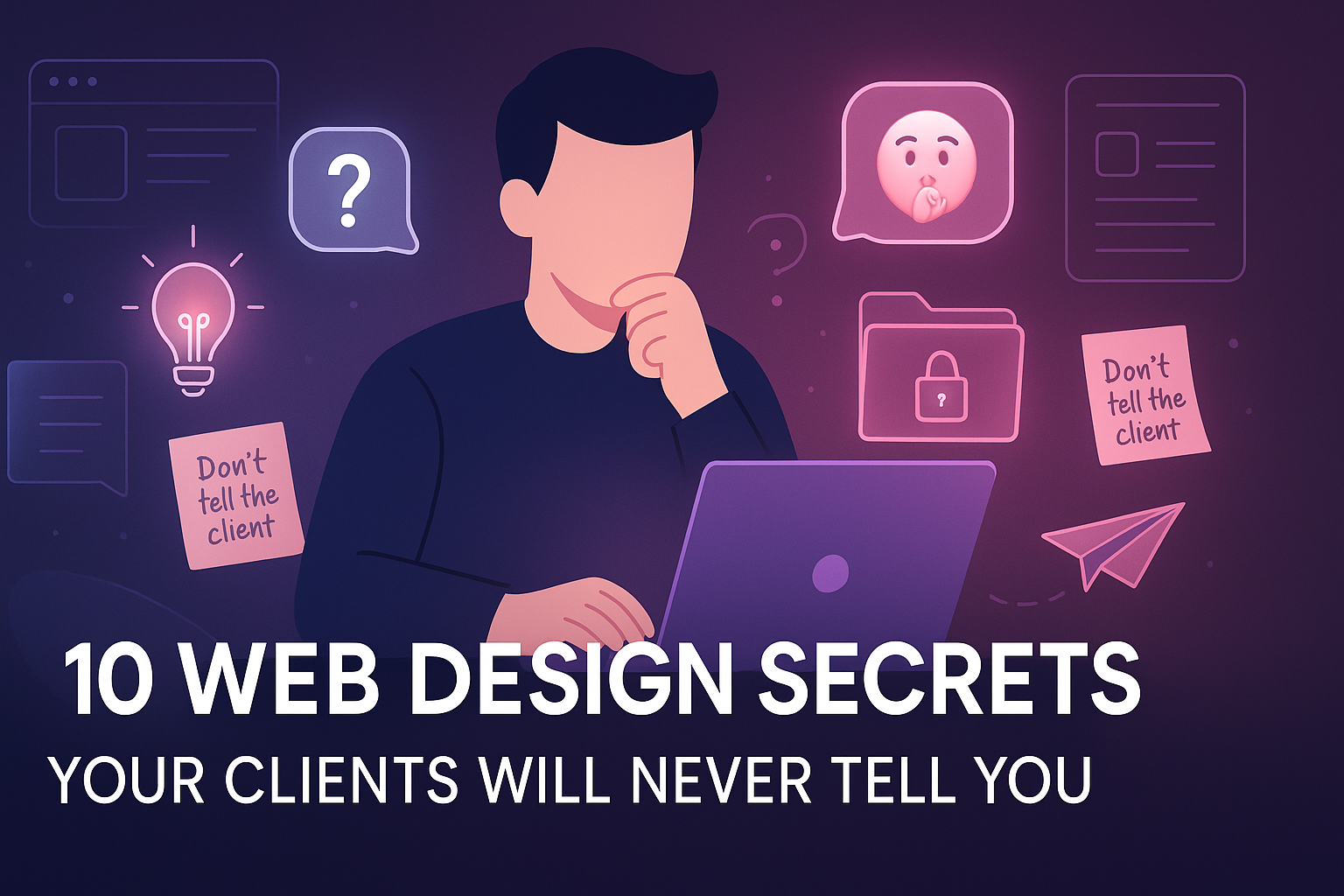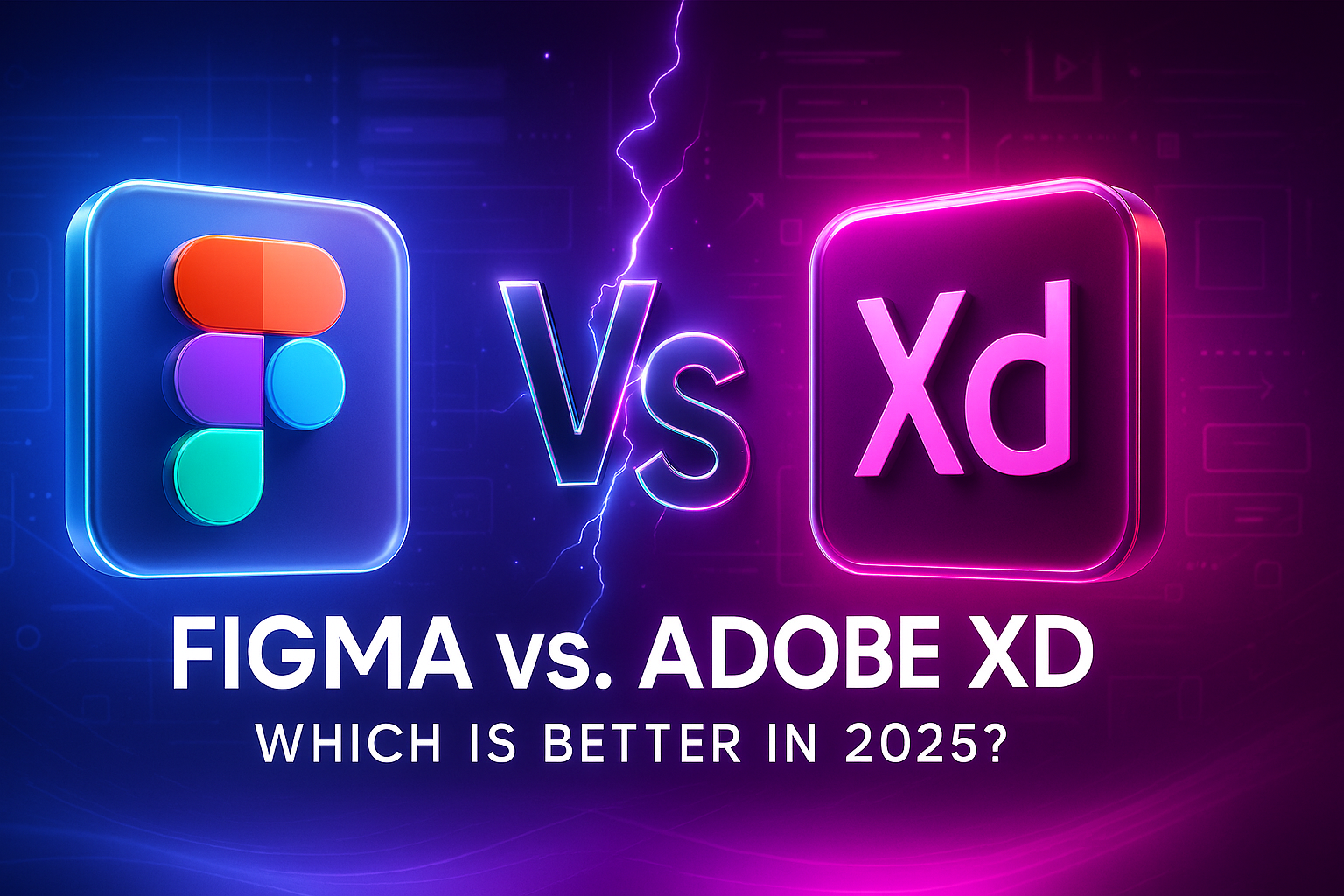What if your next website design didn’t just look good — but actually converted?
Behind every sleek website are secrets that web designers learn the hard way. Clients won’t always say them aloud, but these hidden truths can transform the way you build and deliver websites. In this post, we’ll expose 10 web design secrets that most clients won’t tell you — but wish you knew.
1. Clients Judge Your Work in 5 Seconds
Before they read the content or explore features, visitors instantly judge a site’s professionalism based on visual impression. Clients may not express this, but they expect a powerful first impression — always.
2. They Want Simplicity, Not Complexity
Even when they ask for animations, mega menus, and flashy interactions, most clients really want something clean, usable, and focused. Less is more in design — and they’ll love you for keeping it simple.
3. Typography Makes or Breaks the Design
Clients often underestimate font choices, but subconsciously notice when typography feels “off.” Use modern tech-inspired fonts like Inter, Poppins, or Satoshi for clean aesthetics.
4. Most Users Never Scroll Below the Fold (Unless They’re Hooked)
Clients may overload the homepage — but the top section matters most. Use powerful messaging, strong CTAs, and scroll triggers to engage instantly.


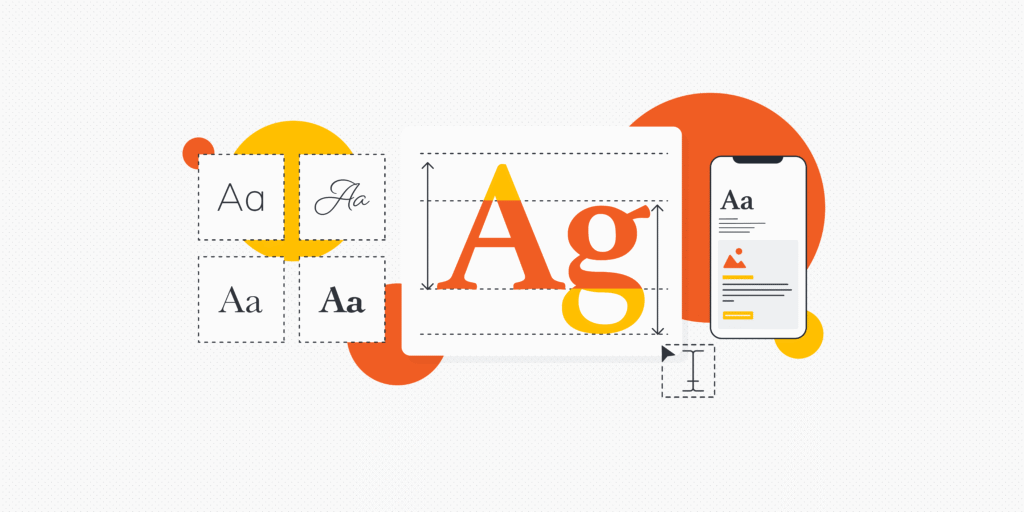
5. Clients Want to Feel Smart, Not Overwhelmed
Every site you create is a reflection of their brand. Avoid tech jargon. Use language and layouts that make clients feel confident, empowered, and in control.
6. Mobile Experience Is a Deal Breaker
They may review your design on desktop — but real users are on mobile. If your design fails the mobile test, the entire experience collapses.
7. They Don’t Care About Tech Stack — Only Results
Clients rarely ask about HTML, React, or WordPress. What they really care about: Will the site bring leads? Sales? Engagement?
8. Color Psychology Subtly Drives Conversions
Clients might give you brand colors — but your ability to apply psychology with accent colors (like trust blues or action reds) creates hidden value.
9. Good Design = Invisible Functionality
When everything just works, your design becomes invisible — and that’s a good thing. Clients appreciate when users glide through the site effortlessly.
10. They’ll Remember How You Made Them Feel
Beyond design, communication matters. Be friendly, clear, and confident. The emotional impression of working with you matters as much as the site itself.

